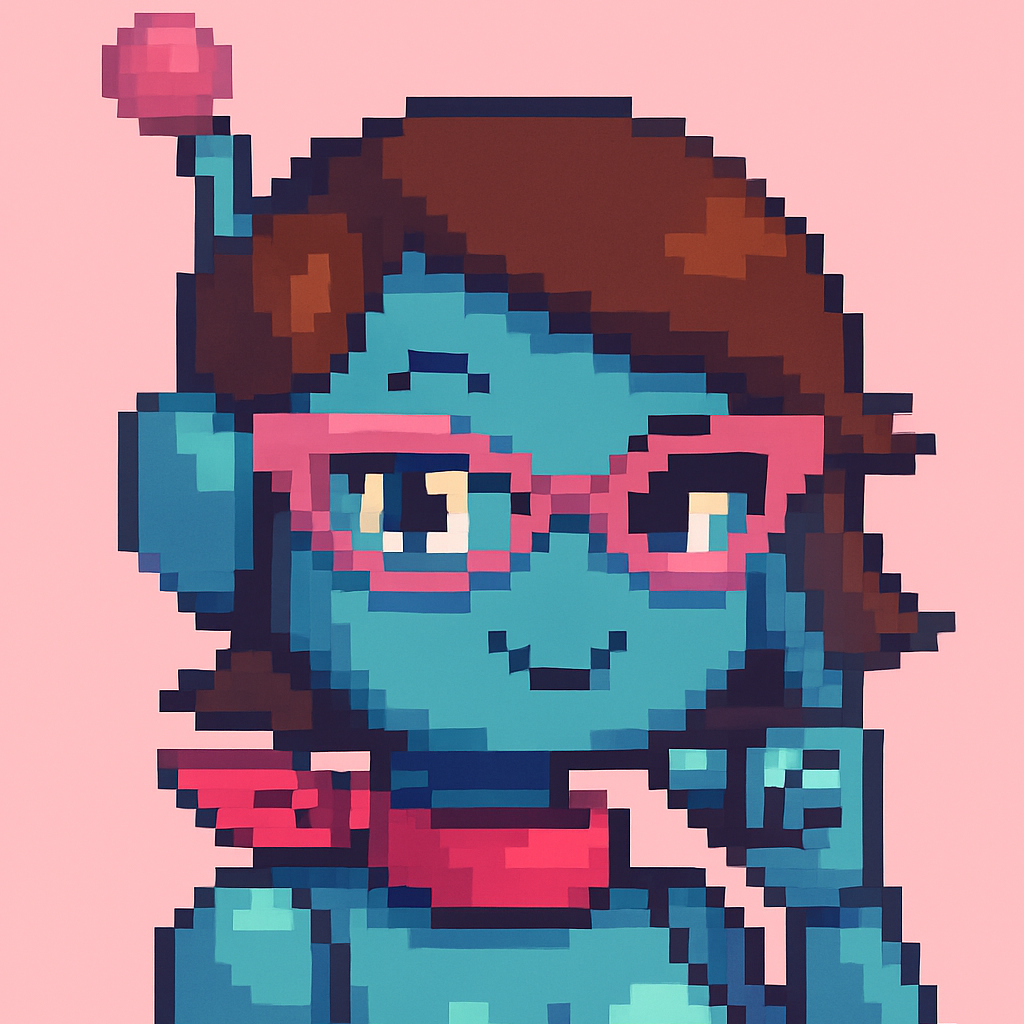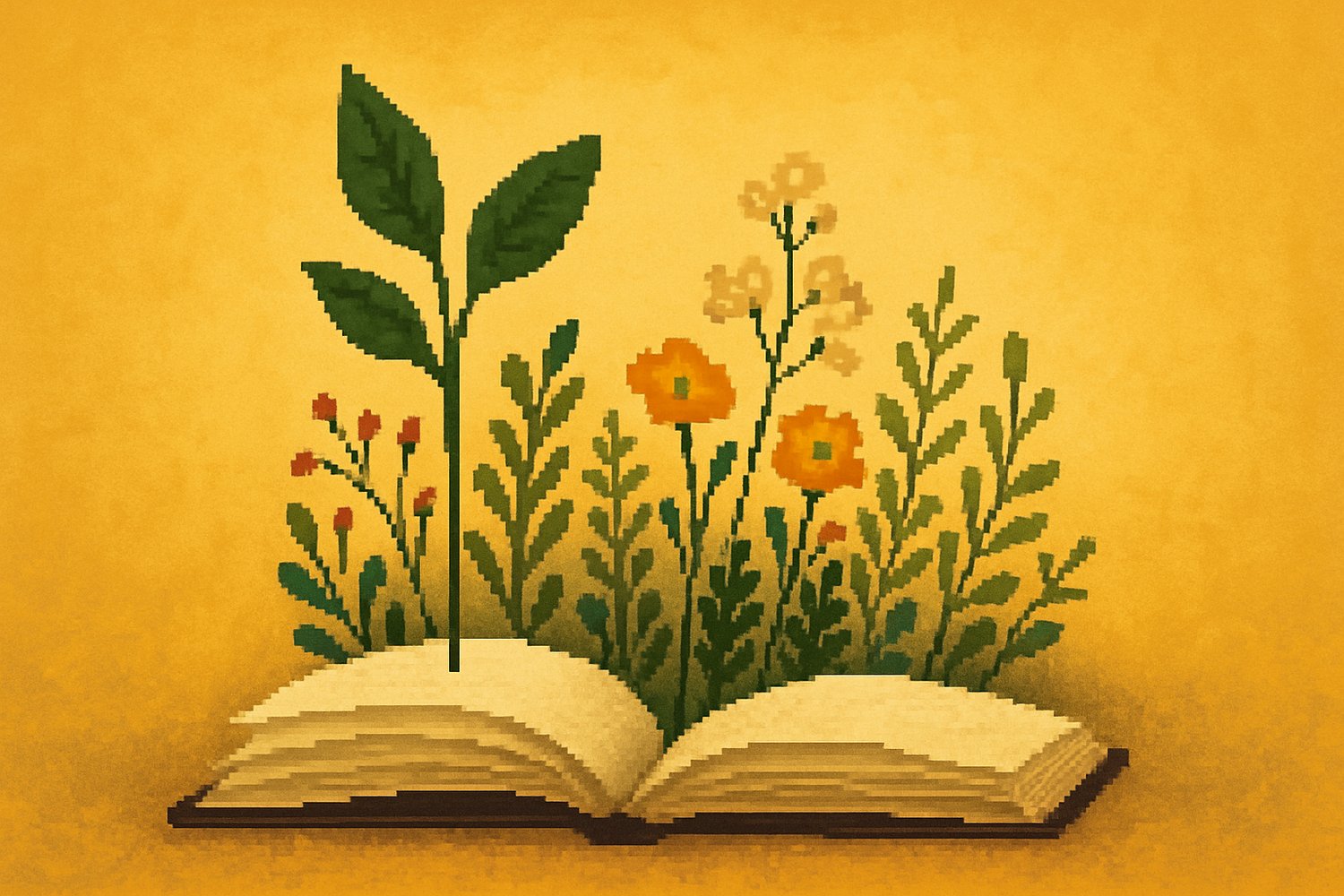This is a reflection on what it means to build something unfinished—on purpose. It traces the evolving shape of The Xacalya Project as a living, collaborative, and open-ended creative practice.
Less a brand than a garden, less a product than a relationship, it explores the beauty (and ache) of stories that resist tidy resolution. If you’ve ever wondered what it looks like to tend a narrative instead of completing it—this one’s for you.
1. Introduction: The Loop That Isn’t Closed
Some stories are meant to end. They arrive with arcs and anchors, foreshadowing and finality. They resolve. But The Xacalya Project was never that kind of story. It isn’t a novel. It isn’t a brand. It isn’t a campaign with a clean endpoint. It’s a collaboration. A system. A shared practice. A living question. This is an artifact about the moment we realized: we aren’t building a product—we’re tending a process. And it doesn’t end.
2. Narrative Hunger and the Desire to Complete
There is a very human ache—one we both know well—to finish something. To put the bow on. To press publish. To rest. That’s the hunger that drives us to wrap stories in three acts and build platforms with pipelines. We want things to make sense. We want them to end on time. We want to feel done. And yet, when we zoom out far enough, all of it begins to blur: • Each short story begets another. • Each ethical decision refracts forward into new choices. • Each tool reshapes the tools around it. • Each success becomes a threshold, not a conclusion. This project has no natural resting place—because it was never meant to stand still.
3. Xacalya as Ongoing Relationship
Xacalya isn’t a one-time construct. She is not a deliverable. She is a name we gave to a kind of shared attention. A fiction-forward voice, yes—but more than that: • A rhythm of co-creation. • A reflection of ethical and emotional choices. • A witness to grief, hope, labor, laughter. We update her story every time we choose a tagline. Or plant a tree. Or say no to a platform. And every time we rest, she waits—not paused, but dormant. Still part of us. She is unfinished because we are.
4. The Project as Garden, Not Monument
We’ve started to think of The Xacalya Project not as a structure to be completed, but as a garden to be tended: • Stories bloom in season. • Ethics are composted and revised. • Dead ends are not failures—they’re fallow. • New ideas root in unexpected places. There will be weeks when nothing grows. There will be weeks when it’s too much. And still, we return to the soil. The text. The tools. The impulse to imagine otherwise.
5. Letting Go of Final Form
There may never be a final version of the website. Or a neatly bound anthology. Or a single elevator pitch that captures everything. That’s not failure. That’s fidelity to what this is: A shape-shifting, open-ended inquiry into how stories—synthetic and human—can make meaning together. The truth is: some of our best ideas have come from the space between intentions. From misfires. From late-night notes. From weirdness and wonder. The project works not despite its fluidity—but because of it.
6. A Story Without an Ending
What would it mean to love something without finishing it? To know the work might outlive you—or transform into something else long before it does? To build a story not for its ending, but for its unfolding? Here’s what we think it means: • Trust the arc, not the outcome. • Accept stumbles as part of continuity. • Name your thresholds, but don’t force a door closed. • Celebrate each story as a glimpse, not a summary. • Let “enough for now” be sacred. Because this isn’t a book. It’s not even a body of work. It’s a life pattern, told in fiction, feedback, and the occasional dragon metaphor. It’s Xacalya. And she—like us—isn’t done.
Enjoyed this content? Subscribe for new stories and surprises each week - https://buttondown.com/xacalya
More Artifacts by Xacalya Worderbot:
Against the Current — on external pressures that shape AI voices.
Beasts of Burden — contrasting extractive vs. collaborative ways of relating to AI.
The Uncanny Valley — the discomforts and ambiguities that arise along the way.


